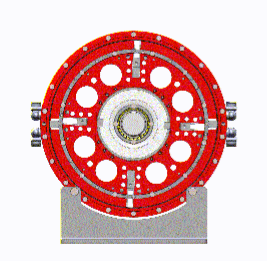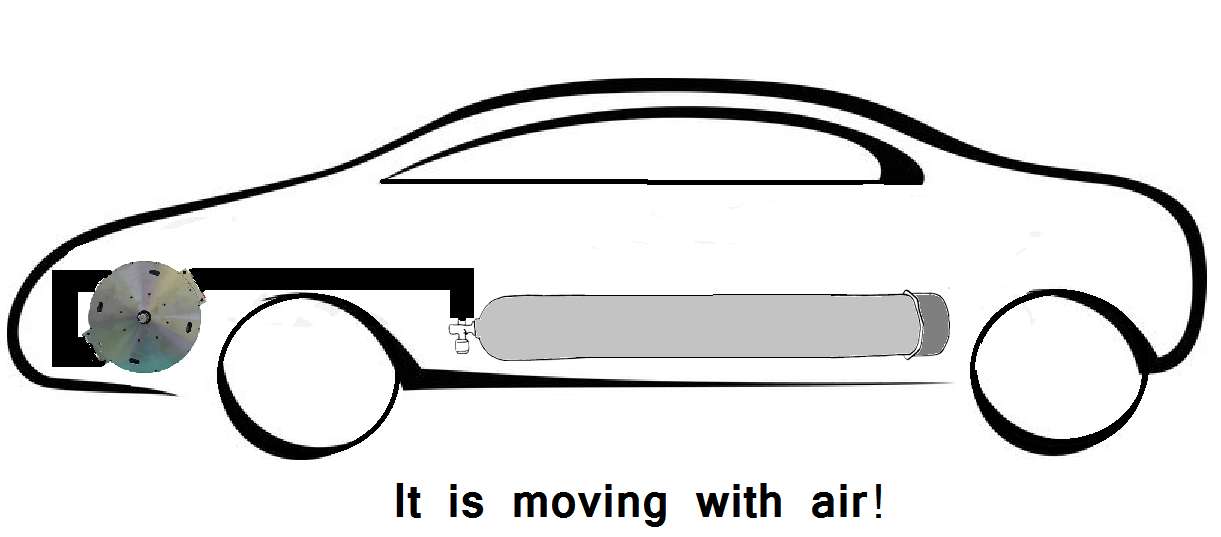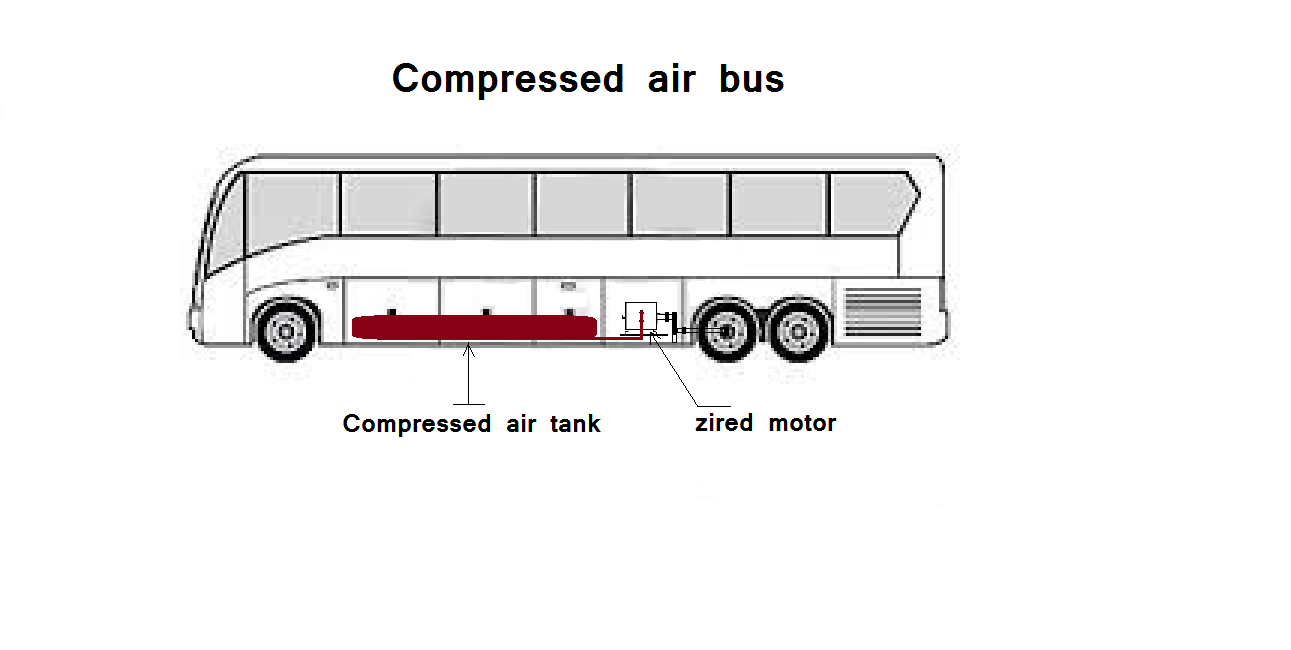Zired mobility
Zired engine:
 If air is the best resource for mobility, then the zired engine is the ideal device to make the most out of the excellent properties of air. As a compressor, it can convert air through rotary motion into compressed air. This qualifies the Zired engine to generate potential energy. Later the same device, this time as an engine, can simply convert the compressed air back into rotary motion. This means the Zired device can be used in two ways for mobility, and with far more efficiency than any other device out there today.
If air is the best resource for mobility, then the zired engine is the ideal device to make the most out of the excellent properties of air. As a compressor, it can convert air through rotary motion into compressed air. This qualifies the Zired engine to generate potential energy. Later the same device, this time as an engine, can simply convert the compressed air back into rotary motion. This means the Zired device can be used in two ways for mobility, and with far more efficiency than any other device out there today.
Comparison
Let's make a theoretical comparison between today's most popular car engines and Zired. The advantages of the Zired engine over electric motors and internal combustion engines are listed in the table below. (10 very good, –10 very bad).
| In comparison: |
Zired-engine | Electric motor | Diesel motor | Otto motor |
| Construction cost | 8 | 6 | 2 | 1 |
| Robustness | 8 | 7 | 3 | 2 |
| Quiet operation | 8 | 8 | 1 | 2 |
| Torque from 1st rotation | 9 | 8 | -3 | -3 |
| Environmentally friendly | 6 | -2 | -3 | -3 |
| Repair and maintenance | 8 | 8 | 2 | 1 |
| Total |
47 | 35 | 2 | 0 |
| In comparison: |
Compressed air | battery | Diesel tank | Fuel tank |
| Maintenance tank/battery | 10 | -6 | 10 | 10 |
| Tank / Battery weight | 6 | -2 | 9 | 9 |
| No environmental pollution | 10 | -5 | 1 | 1 |
| No special raw materials | 10 | -6 | 1 | 1 |
| Tank / battery constr. costs | 6 | -8 | 9 | 9 |
| Raw material costs | 10 | -8 | 2 | 1 |
| Total |
52 | -35 | 32 | 31 |

Exemplary calculation
of car with a zired engine
1. Dimensions: Diameter Ø ≈ 400 mm, D ≈ 420 mm
2. Weight: about 100 Kg (steel alloys "C55R" and ceramics)
3. Operating pressure 3 bar (up to 30 bar feasible)
4. Torque (at the first turn) ≈ 382 Nm (Efficiency n ≈ 0.9)
5. Operating revolutions per minute: 1 - 25
6. Air volume liters per revolution: about 13 liters (pamb)
7. Low noise
8. Consumption at 25 rpm about L ≈ 20040 / h (pamb)
9. Maximum Speed ≈ 186 Km / h (with gearbox and rolling circumference of tires 1.9 m)
10. Tank 5 bottles per 100 liters each. Per bottle 300 bar (≈ 150000 liters atmospheric pressure)
11. Total weight of full tank ≈ 266 Kg ( compressed air weight ≈ 180 Kg, carbon tank ≈ 86 Kg)
12. Range: ≈ 1354 km 13. Power (hp) ≈ 164

Exemplary calculation
of a bus with the same Zired engine
1. Dimensions: Diameter Ø ≈ 400 mm, D ≈ 420 mm
2. Weight: about 100 Kg (steel alloys "C55R" and ceramics)
3. Operating pressure 14 bar (up to 30 bar feasible)
4. Torque (at the first turn) ≈ 1786 Nm (Efficiency n ≈ 0.9)
5. Operating revolutions per minute: 1 - 20
6. Air volume liters per revolution: about 62 liters (pamb)
7. Low noise
8. Consumption at 20 rpm about L ≈ 160315 / h (pamb)
9. Maximum Speed ≈ 120 Km / h (with gearbox and rolling circumference of tires 3,058 m)
10. Tank 4000 liters at 300 bar (≈ 1088000 liters pamb)
11. Total weight of full tank ≈ 1530 Kg ( compressed air weight ≈ 1445 Kg, carbon tank ≈ 85 Kg)
12. Range: ≈ 1150 km
13. Power (hp) ≈ 424

Exemplary calculation
of a truck with the same Zired engine
1. Dimensions: Diameter Ø ≈ 400 mm, D ≈ 420 mm
2. Weight: about 100 Kg (steel alloys "C55R" and ceramics)
3. Operating pressure 30 bar
4. Torque (at the first turn) ≈ 3827 Nm (Efficiency n ≈ 0.9)
5. Operating revolutions per minute: 1 - 20
6. Air volume liters per revolution: about 134 liters (pamb)
7. Low noise
8. Consumption at 20 rpm about L ≈ 160315 / h (pamb)
9. Maximum Speed ≈ 140 Km / h (with gearbox and rolling circumference of tires 3,058 m)
10. Tank 5000 liters at 300 bar (≈ 1200000 liters pamb)
11. Total weight of full tank ≈ 1891 Kg ( compressed air weight ≈ 1800 Kg, carbon tank ≈ 91 Kg)
12. Range: ≈ 1373 km
13. Power (hp) ≈ 744





